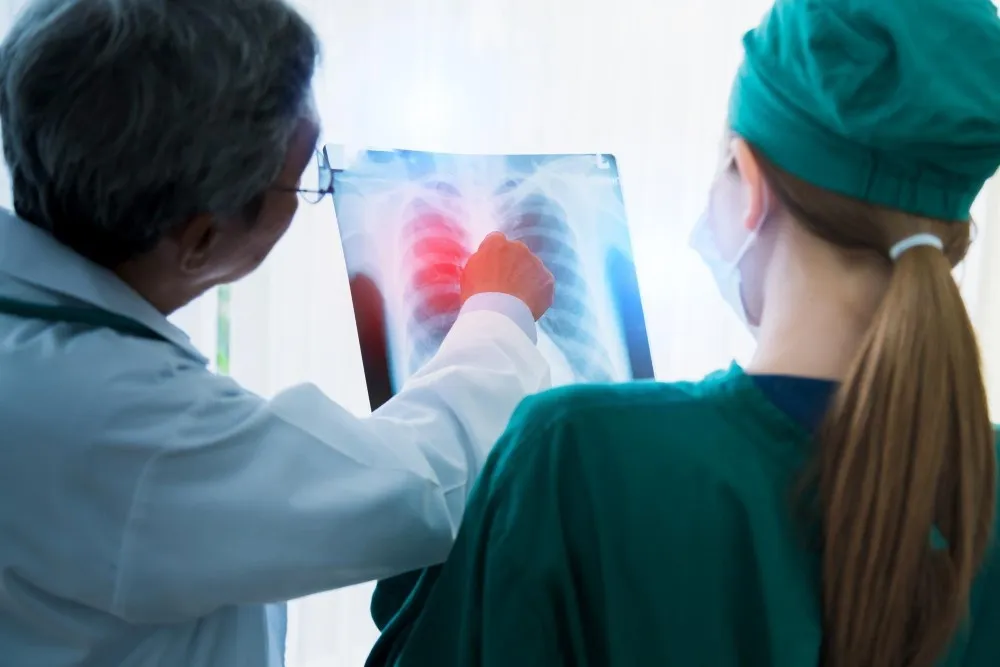Cancers originating in the body's lymphatic tissues are termed as Lymphoma. The lymphatic tissues are made up of the spleen, thymus, nodes, tonsils and bone marrow, and are connected by lymph vessels. Lymphoma originates in the lymphomas itself. There are two categories of this cancer -
-
Hodgkin's Lymphoma (HL)
-
Non-Hodgkin Lymphoma (NHL),
Combined, these two are the 3rd most common cancer found in children.
Hodgkin's Lymphoma has specific malignant cells in the lymphatic tissue or lymph nodes, called Reed-Sternberg cells, and its most common symptom is an abnormal growth of the lymph nodes (swollen glands) in the neck, groin of underarms. Other symptoms include fatigue, lack of appetite, inexplicable fever, night sweats, itching and weight loss.
The Non-Hodgkin Lymphoma is rare in children before the ages of 3, but is more common than Hodgkin's Lymphoma in children between the ages of 4 and 15. In this type of Lymphoma, there is a malignant growth of specific lymphocytes, which can also be seen in leukaemia, thus making it difficult to distinguish between the two.
Both forms of lymphoma are more common in people with severe deficiencies of immunity, like those who are advised to take immunosuppressive drugs after organ transplants, or those infected with HIV. Children who have had chemotherapy for cancer are at greater risk of developing lymphoma later on in their lives.
Broadly speaking, nobody has any control over the factors causing lymphomas, because most of them are a result of non-inherited genetic mutations in growing blood cells.
Doctors perform a physical exam to determine the presence of lymphoma, and take into account the child's medical history to make sure that in fact, it is not due to any genetic reasons.
When sometimes an enlarged node appears suddenly on a child, the doctor keeps a close watch on it to make to that it does not grow. If infected by bacteria, the child is prescribed antibiotics, but if the node shows signs of growth, a biopsy becomes a must. During the biopsy, doctors examine the fluids, tissues or cells from the body.
How the Lymphoma should be treated is determined by Staging, wherein doctors categorise patients according to the reach of the disease in their bodies during the diagnosis. Chemotherapy is the main method of treatment for every type of lymphoma, but certain cases might require the use of Radiation.
Most children recover from Lymphatic cancer, but those who suffer from severe diseases might go into relapse. In such cases, stem cell transplants and bone marrow transplants show the best results. Newer treatments for treating childhood lymphomas include varieties of Immune Therapy where antibodies deliver radioactive chemicals or chemo medicines to the cancer affected cells. It is a way of directly targeting the cells without leaving any toxic side effects on the remaining blood cells and body tissues.
In spite of all the medical advancement that science has witnessed, India is battling with the problems that pervade an educationally and financially impoverished patient base.

Reviewed by







